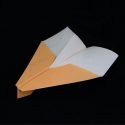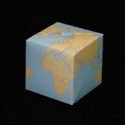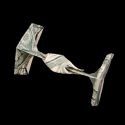The Story of Sadako
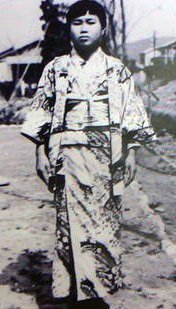
While in the hospital, Sadako started to fold paper cranes. In Japan, there is a belief that if you folded 1000 paper cranes, then your wish would come true. Sadako spend 14 months in the hospital, folding paper cranes with whatever paper she could get. Paper was scarce so she used the paper from medicine bottles, candy wrappers, and left over gift wrap paper. Her wish was that she would get well again, and to attain peace & healing to the victims of the world.

This is our prayer.
Peace in the world.
[Photo by Robert Atendido]
Although Sadako died at a very young age, her legacy continues. To this day, the paper crane is probably the most recognized origami model. The paper crane is often given as a wish for peace.
Sadako’s brother (Masahiro Sasaki), who is now over 70 years old, saved five of the original paper cranes folded by his sister when she was in the hospital. He hopes to donate the remaining 5 cranes to the the five continents of the world.
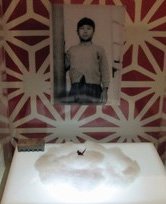
Sept 13, 2009: One of the original paper cranes folded by Sadako was given as a gift to the Tribute WTC Visitor Center in New York City. It is hoped that the fingernail-sized crane will remind us of a little girl’s wish for world peace. Masahiro says, “people from all over the world will see the crane that Sadako folded, and will desire peace.” See article.
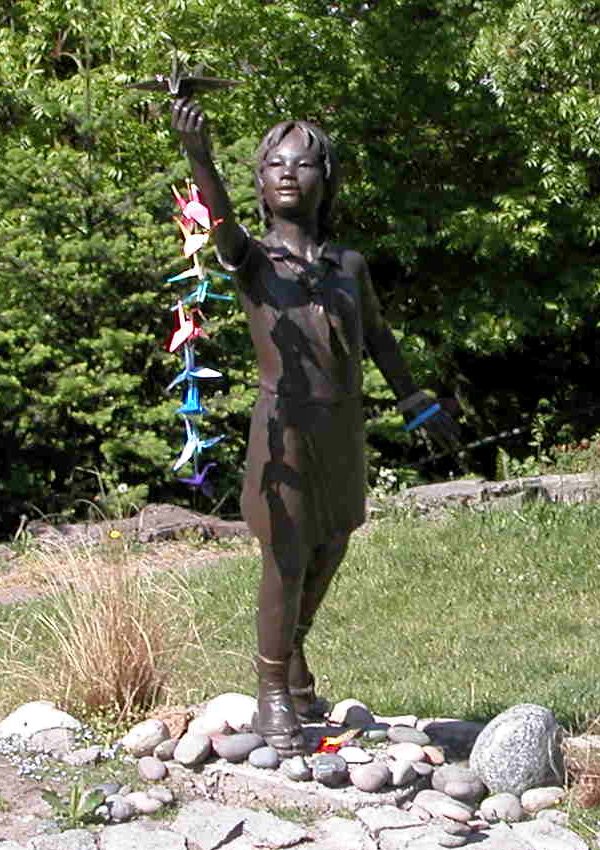
Books about Sadako’s Story
- Sadako and the Thousand Paper Cranes by Eleanor Coerr, Ronald Himler. 80 pages, for ages 8 – 12.
- Sadako by Eleanor Coerr. 48 pages, for ages 4 – 8
- Children of the Paper Crane by Masamoto Nasu. 232 pages, for teens and adults
Sadako Links
- Sadako and the Atomic Bomb has a good time line of Sadako’s story and shows photos of Sadako.
- interview with Sadako’s brother, Masahiro Sasaki: August 2012
Sadako Resources For Educators
- Teacher CyberGuide by D Gaulin (this is a pdf download)
- Study Group
- Lesson Plan by AM Shelkett
- Lesson Plan by Thinkport.org
- Literature Study by Andy
- Webquest for grades 3 to 5 by P Duhon
- Lesson Plan: grades 4 by N Strand & K Duke
- Lesson, grade 5 by Ms Hildreth
- Lesson for grades 5-6 by Sang-Eun Kim
- Lesson Plan by LessonPlansPage.com
- Acrostic Poem ABCteach.com
- Word Search ABCteach.com
- Writing Prompt Template ABCteach.com
- more teacher ideas from ProTeacherCollection.org
- fold a paper crane (and more!)
Share your Crane Project Story
– Bianca’s Classroom Crane Project
– go to Home Page
– go to Site map
– more about paper cranes
– let’s start folding origami!
– Like Us on Facebook














